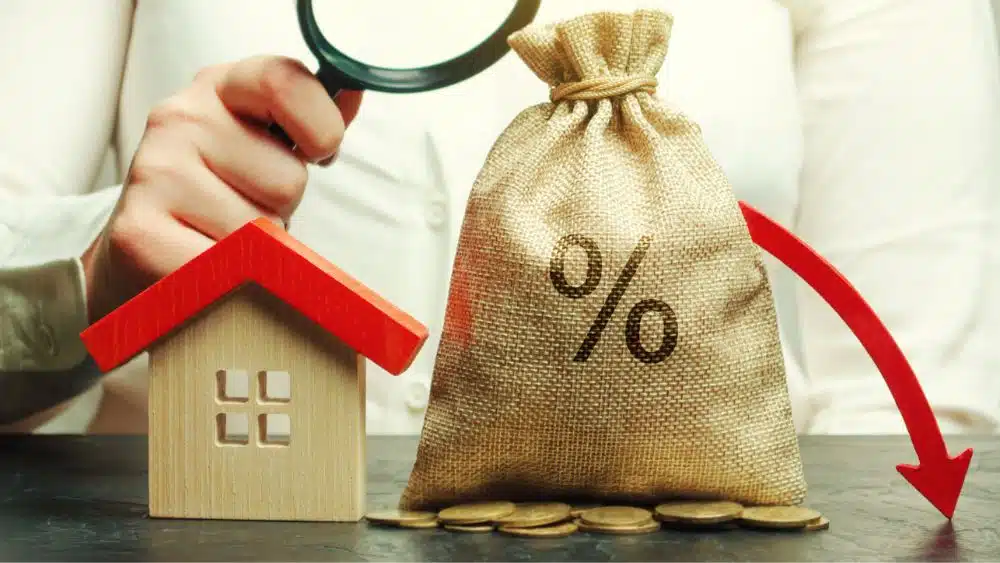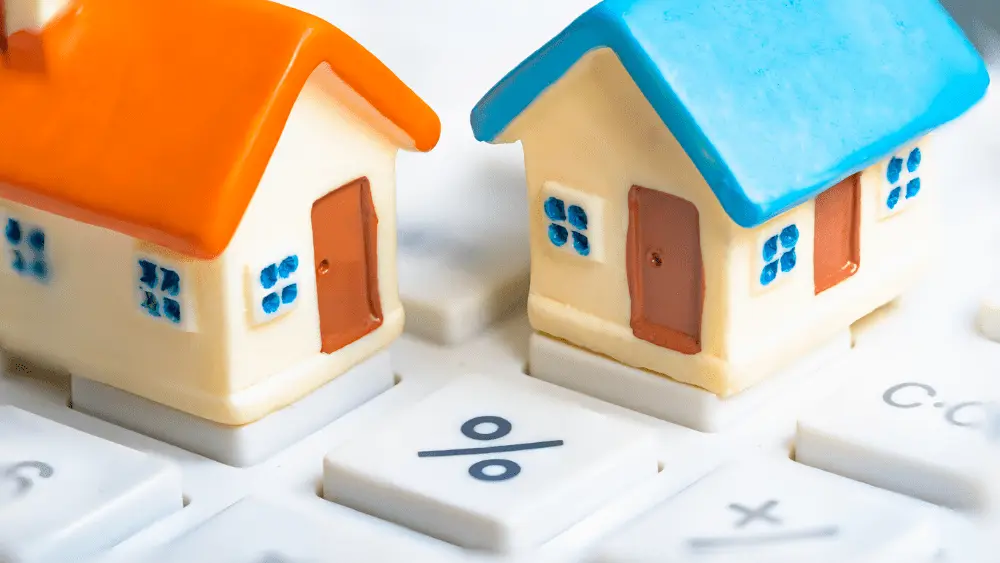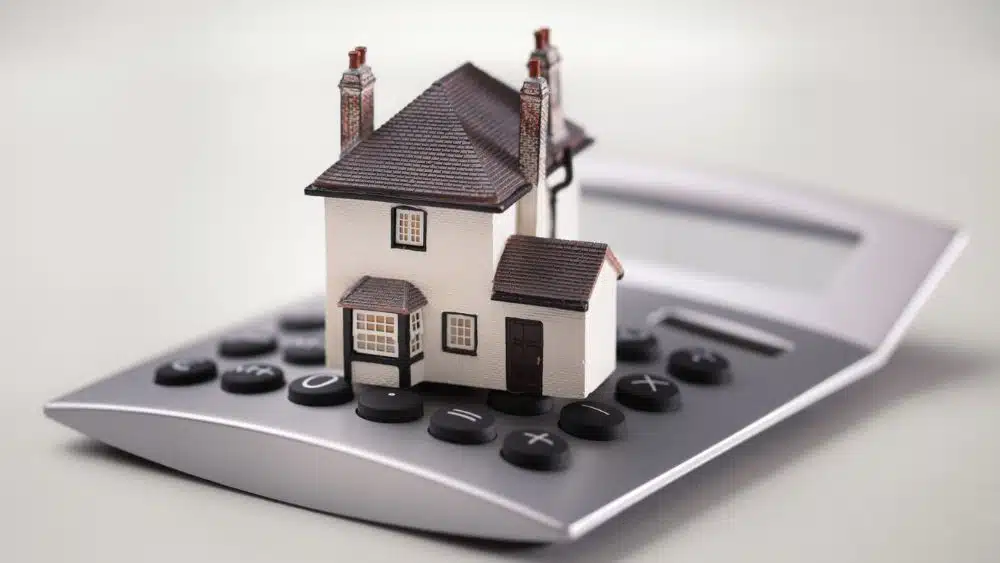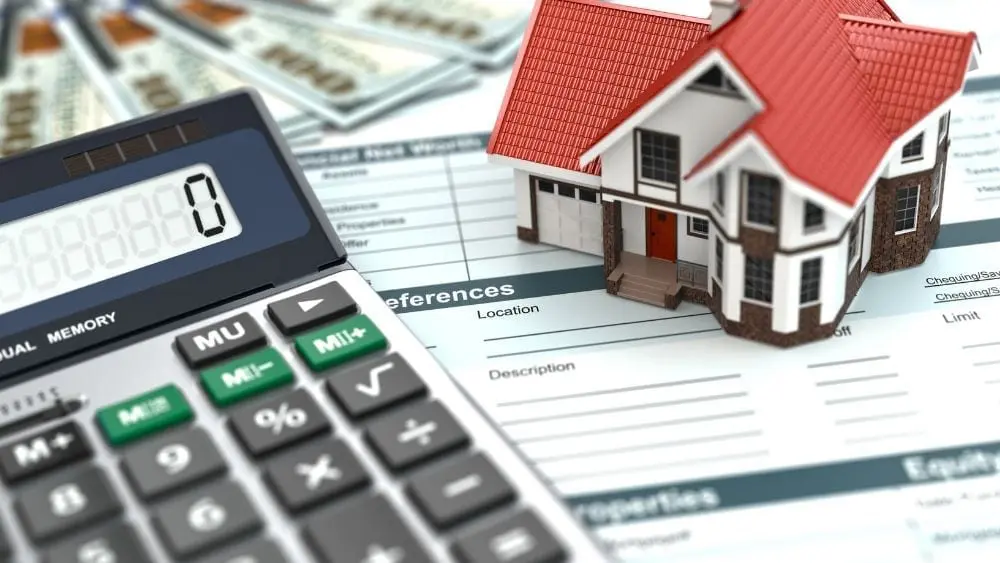
If you find yourself looking at one of those online mortgage rate charts, an adjustable-rate mortgage can look pretty tempting, particularly with those low initial interest rates. While this type of loan has its advantages, it isn’t right for everyone. In fact, an adjustable-rate mortgage could end up cost you more (lots more) in the long run.
Want to see if an adjustable-rate mortgage is a good fit for your needs? Let’s dive in.
What’s an Adjustable-Rate Mortgage?

To start, let’s dive into what an adjustable-rate mortgage (ARM) is in the first place. The majority of U.S. mortgages are fixed-rate mortgages, which offer you a single interest rate across the entire loan term (usually 30 years).
Adjustable-rate mortgages, on the other hand, have rates that can change. Here’s how Bobby Heytota, director of secondary markets for online lender Better.com, explains it: “Adjustable-rate mortgages have a fixed rate for a number of years and then adjust based upon a benchmark rate, with a margin added on top.”
ARMs are typically expressed with two numbers, with the first number indicating the length of the fixed period and the second representing the adjustable term. For example, with a 5/1 ARM, you’d have a fixed rate for the first five years. After that point, your rate would adjust once per year (indicated by the one) based on the index your loan is tied to.
“ARMs typically have a lower initial rate compared to fixed-rate mortgages,” Heytota says. But after that? There’s a risk the rate could increase — taking your monthly payment and overall housing costs with it. When you’re trying to pay your mortgage every month and still have enough socked away for a rainy day, even the smallest divergence in interest rates can make all the difference.
Pros and Cons of ARMs

The biggest advantage of an ARM is that you can get a lower up-front interest rate than on fixed-rate loans. In many cases, 5/1 ARMs clock in significantly lower than the average 30-year mortgage. Often, the spread is 0.75 percent or more.
That means lower monthly payments and less interest paid at the beginning of the loan. There’s also the chance your rate could decrease in the future if the benchmark index it’s tied to falls. That would lower your payments and overall housing costs even further.
Another benefit is that you can pay down your balance faster with a lower interest rate. That equals more equity when it comes time to sell.
On the downside, there’s a lot of risk involved with ARMs. Most notably, your rate and payments could increase down the line, and it could put a serious financial strain on your household. ARMs are also pretty complex, so if you use one, you’ll want to be extra diligent about knowing the fees, rate caps, penalties and other features of your loan.
When to Use an ARM

Deciding whether to use an ARM is all about weighing risk versus reward. If you’re only going to be in the home long enough to enjoy the low-rate period, then the choice is a slam dunk. (Maybe your job is only a two-year assignment or you plan to move to a larger place when you have kids in a few years.)
Remember: There’s no way to predict the future. Plans change or it could be hard to sell your home before your rate adjusts. Make sure you have a contingency plan in place in case that happens.
Super-low rates may also warrant the extra risk of an ARM. As Heytota says, “If the initial rate is low enough compared to where fixed mortgage rates are, it compensates you for the inherent risk that your rate may go up once it begins to adjust.”
Finally, ARMs might be a fine choice if you’ve
got strong income or expect your earnings to rise before your initial rate
period ends. You’ll just want to make sure you’re budgeting ahead of time for
any potential increase that may hit.
Generally, an ARM can be a good idea if:

- You only plan to own the home a short amount of time.
- You have the income to cover a potential payment increase in the future (or you expect your income to increase
soon). - Rates are significantly lower than fixed-rate loans and you’re willing to refinance before your low-rate period expires.
When Not to Use an ARM

An ARM isn’t a great option if you plan to be in the home for the long haul, as the risk of a rate increase is pretty high. If you’re on a fixed income, have a tight household budget or just aren’t sure where you’ll be financially in a few years, they’re not a smart bet either.
Additionally, if there’s only a small difference in interest rates between adjustable- and fixed-rate mortgages, you may want to steer clear, too. According to Heytota, if ARM rates are only 0.25 percent or 0.50 percent lower than a fixed-rate mortgage, it’s probably not worth the risk — at least if you plan to stay in the home for a while.
The Bottom Line

Always weigh your mortgage options — and the accompanying risks — carefully. Consider your long-term goals as a homeowner, the stability of your income and the level of risk your household finances can handle. And if you’re still not sure, consult a mortgage broker or loan officer. They’ll be able to point you in the right direction for your budget.

I’m a freelance writer and journalist from Houston, covering real estate, mortgage and finance topics. See my current work in Forbes, The Motley Fool, The Balance, Bankrate, New Home Source and The Simple Dollar. Past gigs: The Dallas Morning News, NBC, Radio Disney and PBS.
 Top 10 Safest Cities in Colorado
Top 10 Safest Cities in Colorado